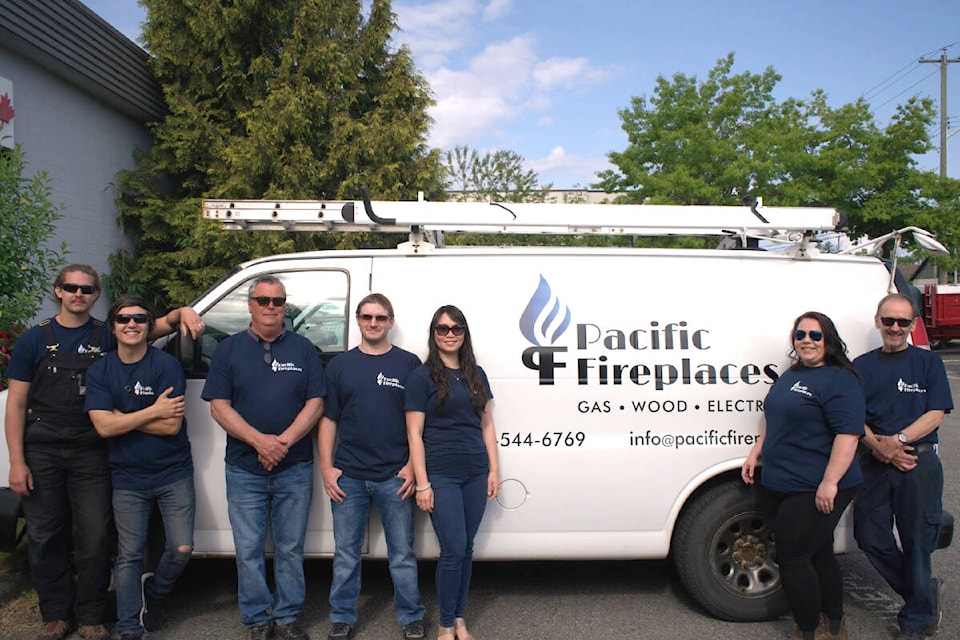While this winter might not be shaping up to be as cold as years past, it’s still cold enough to warrant the use of our fireplaces, and that comes with some risks that need to be kept in mind as we head into the holidays.
Carbon monoxide poisoning is the leading cause of unintentional poison-related deaths in Canada, responsible for an estimated 300 deaths and 200 hospitalizations every year.
“It’s important that we bring awareness to the risk of carbon monoxide poisoning, especially during the holidays when everyone is more likely to be home and using combustion appliances such as gas or wood fireplaces and gas-powered cooking ranges as well,” says Chad Befus, owner of Pacific Fireplaces in Central Saanich. “Understanding what carbon monoxide is, how it’s produced and how it poses a risk to your family is the first step in heating your home and cooking your favourite holiday meals safely this year.”
Odour-free, invisible, tasteless and nearly impossible to detect without a carbon monoxide alarm – and produced when fuel sources like wood, natural gas and propane are burned in a fireplace or cooking range – carbon monoxide has been called the silent killer for good reason.
The most common symptoms of CO poisoning are headaches, shortness of breath, dizziness, nausea and fatigue, with high levels of CO causing vomiting, hallucinations, loss of consciousness, coma and death.
Ensuring your family’s safety from carbon monoxide poisoning hinges on installing multiple CO detectors strategically in your home, recommends Befus. Placing these detectors at least 15 feet away from possible and CO sources, but close to sleeping quarters is crucial. Yet, it’s vital to understand that while these alarms signal immediate danger effectively, they might not detect persistent low-level exposure. These subtler levels of exposure can mimic regular seasonal illnesses. Low-level CO monitors are more difficult to find, but they possess heightened sensitivity, revealing issues that a standard CO alarm might miss.
Stay safe this winter
Be sure to clean and check CO detectors frequently, just as you do your smoke alarms. You should also have all combustion-based fireplaces and appliances inspected at least once a year by a certified professional and use your kitchen exhaust vents every time you use a gas- or propane-burning stove. Never run generators inside and don’t leave vehicles running in the garage, even if the garage door is open. If your CO alarm goes off, leave your home immediately and call 9-1-1.
Keep your gas and propane fireplaces running safely this winter and book a servicing appointment if it’s been a year or longer since you last had your fireplace serviced by a professional or if you have reason for concern.
Learn more at pacificfireplaces.com or call 250-544-6789 or email at info@PacificFireplaces.com. Visit the Pacific Fireplaces showroom at 2205 Keating Cross Rd. and follow them on Facebook for updates, promotions and more.
READ MORE from Pacific Fireplaces
How to enjoy the ambiance of a fire with or without the heat!
Enjoy the warmth and comfort of a fire, minus the mess!
